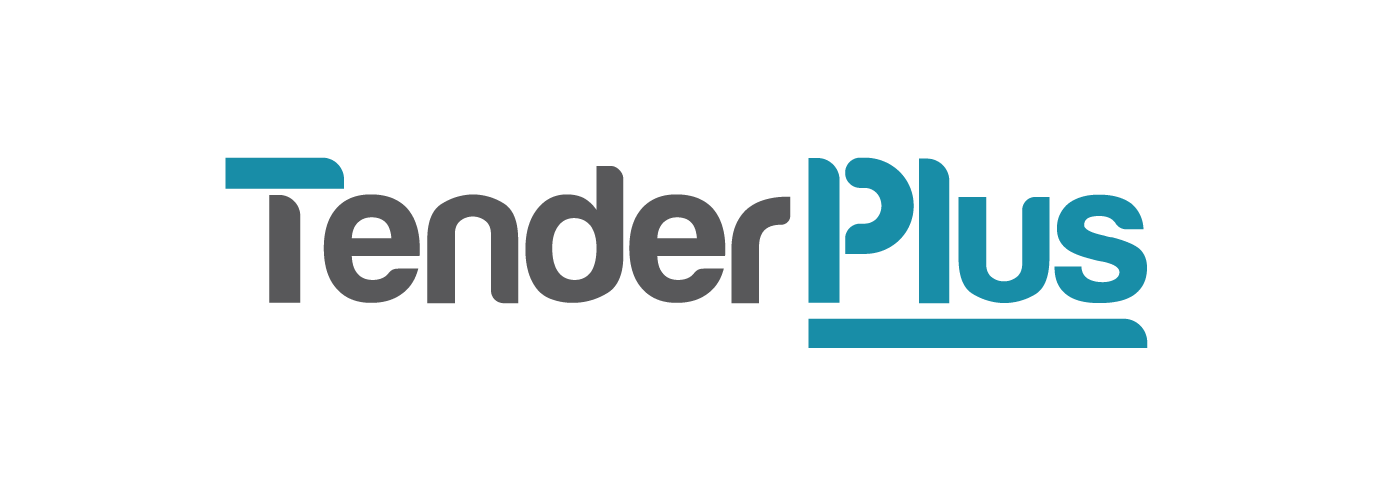Success is in the details
By Anna Cornwall, Senior Tender Specialist, Sydney.
Attention to detail isn’t just about dotting your Is and crossing your Ts. To support the submission of a quality, credible and consistent response, give the reader all the information they need in a way that’s truly accessible. Use the following tips to guide you.
1. Partially answered responses
Have all parts of the question or criteria been addressed in the response? Tenders often call for information that isn’t relevant to the requirement – acknowledge and respond appropriately so it’s clear you’ve read the criteria.
2. Consistent narrative across schedules
Are you telling a consistent story across schedules? For example, any pro forma content about the company needs to match the granular detail that might be requested in a questionnaire or management plan, such as workforce details or information about company policies and procedures.
3. Distractions on the page
Graphics help to guide the reader’s attention to important content. Visual elements should be relevant to the content on the page.
4. Incorrect or incomplete company information
Is the entity tendering for the work correct, is the ABN missing any digits, do the insurance certificates need explanation if they are in the name of a different entity?
5. Anomalies in bios and CVs
Short bios contained within the main body of a tender response need to be fully aligned with CV information, especially when referencing specific project experience.
6. Typos in graphics
Always check the designer’s copy against the original to detect introduced typos. A graphic designers is a major asset on a bid team, but they don’t always proofread their work.
7. Compliance with format and content requirements
It’s an obvious one but best to check and recheck, especially for prescribed file formats. For example, some tenders will prescribe a specific file format and version. Also pay attention to file naming conventions. They may be prescribed, and some portals will limit the number of characters allowed in a file name.
8. Headings relevant to body text
Readers decide if content is relevant from the headings – invite them in with enticing wording. Give a reader the information they need to stay on the page.
9. Useful header and footer detail
Useful header and footer detail is like good signage and complements the wayfinding provided by your document headings and subheadings. Include the schedule name and number, page number, tender title and your company name.
10. Use short lists
Long lists lose meaning and hierarchy and draw the reader away from the list and towards the next tranche of text. If you can’t shorten the list move it to an appendix.
11. Avoid gendered terminology
Using terms like man hours, foreman and working mother give the impression your organisation is operating in a bygone era. Neutral terms like resource hours, construction manager and working parent subtly suggest your organisation is aligned to contemporary values and practices.
12. Keep ideas together in a paragraph
Paragraph breaks disrupt the eye as it moves along a line. Poorly used paragraph breaks disrupt the reader’s flow and stop ideas from running together.
